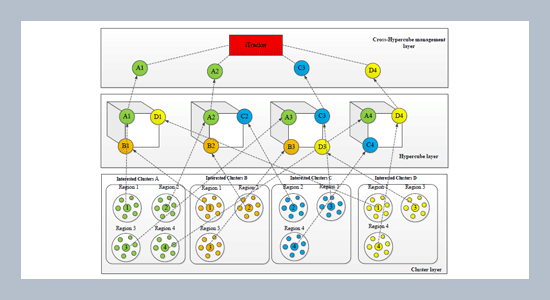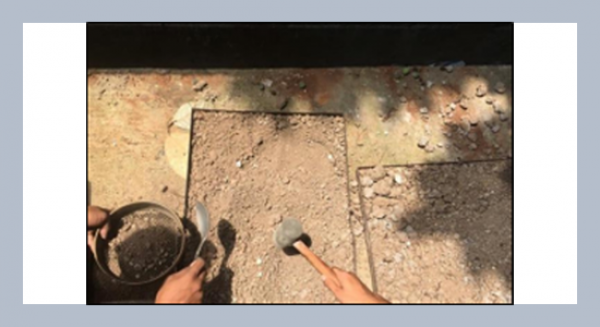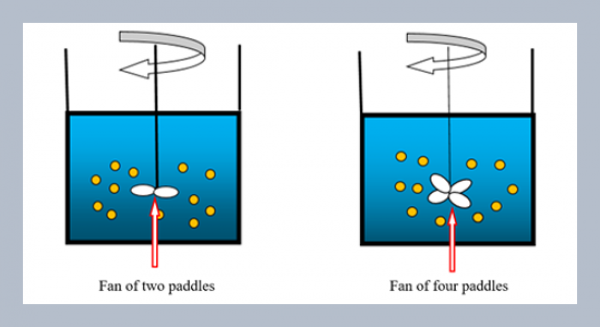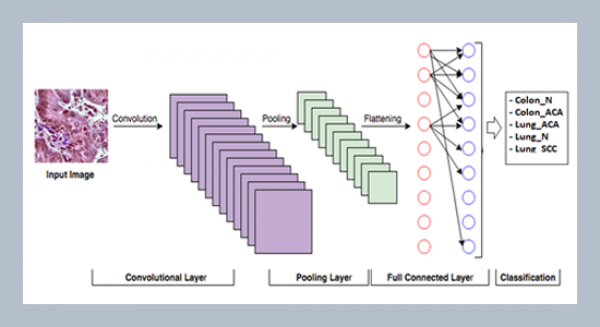Shu-Ching Wanga*, Wei-Ling Lina, Hsin-Hung Panb and Po-Chien Lina
aDepartment of Information Management, Chaoyang University of Technology, Taiwan, R.O.C.
bDepartment of M-Commerce and Multimedia Applications, Asia University, Taiwan, R.O.C.
Download Citation:
|
Download PDF
Because Peer-to-Peer (P2P) has the characteristics of providing scalable network services, related applications of P2P are one of the hot topics of network services today. However, too many P2P applications may lead to inefficient use of network resources or extremely poor application execution performance. At the same time, it may also occupy a large amount of bandwidth, causing an increase in the load of Internet Service Providers (ISPs). In order to avoid excessive network traffic burden, ISPs often use a flow control mechanism to prevent P2P from generating excessive traffic, which leads to the degradation of P2P software service quality. Since P4P (Proactive network Provider Participation for P2P) is one of the technologies used for P2P network optimization, it provides communication between ISPs and P2P service providers in a cooperative manner to reduce P2P traffic and ISP operating costs. Therefore, in order to reduce the operating costs of ISPs and the bandwidth required for P2P application services, a three-layer architecture combining location awareness with interest clustering and P4P framework is proposed in this study, which is called ICP4P (interest clusters based P4P ). Using the ICP4P proposed by this research will reduce Internet traffic and increase the robustness of the network. In addition, this study provides a candidate peer election mechanism to improve the service quality of P2P. When super peer fails, leaves or overloads, the backup super peer or cooperative peers will be enabled to maintain the stability of whole network.ABSTRACT
Keywords:
Peer-to-peer network; P4P; quality of service; internet service provider; interest cluster; location awareness.
Share this article with your colleagues
REFERENCES
ARTICLE INFORMATION
Received:
2020-02-07
Revised:
2020-02-18
Accepted:
2020-02-18
Available Online:
2020-03-01
Wang, S.C., Lin, W.L., Pan, H.H., Lin, P.C. 2020. Performance improvement of P2P using location awareness and interest clustering. International Journal of Applied Science and Engineering, 17, 45–58. https://doi.org/10.6703/IJASE.202003_17(1).045
Cite this article:















